Announcer:
The following program is a PBS Wisconsin original production.
Frederica Freyberg:
Threats to government officials become commonplace. Democrats and Republicans are saying enough and the COVID virus flares once again as the latest vaccine becomes available.
I’m Frederica Freyberg. Tonight on “Here & Now,” a county clerk describes shocking instances of violent behaviors and intimidation directed toward election officials. A mayor discusses where they’re putting new shared revenue dollars to work. The latest on COVID and the first in a series of reports, Wisconsin in Black and White. It’s Here & Now for October 6.
Announcer:
Funding for “Here & Now” is provided by the Focus Fund for Journalism and Friends of PBS Wisconsin.
Frederica Freyberg:
A man with a loaded gun demanded to speak with Governor Tony Evers at the Capitol this week. Reports say he was arrested and after posting bail, returned to the building later that night with an assault rifle, again wanting to see the governor. This incident is the latest in a growing trend of threats against government officials, including election workers. A new bipartisan bill aims to up penalties for verbal or physical threats to election officials as their growing frequency since the 2020 elections has lawmakers saying enough. For more, we turn to one such election official who has seen too much of this, Milwaukee County Clerk George Christenson. Thanks very much for being here.
George Christenson:
Thanks for having me.
Frederica Freyberg:
You point out in Milwaukee County, there are more than 200 polling locations and eight municipal governments that process absentee ballots at Central Count. How vulnerable have the election workers been at these locations?
George Christenson:
Well first of all, those Central Count locations, they are visible to the public. That’s part of our democracy is transparency. So people are allowed to come and observe. There’s quite often, especially with the city of Milwaukee, there have been recently incidents where individuals are trying to get closer than they’re allowed, trying to stop the Central Count process, and basically heckling some of the election workers, And I think this is becoming more prevalent and is much more harassing and threatening to our election workers.
Frederica Freyberg:
So you testified in favor of this bill that would up the penalties. That since 2020, shocking instances, you said, of violent behaviors and intimidation have been directed at Milwaukee County election officials. So help our viewers understand the seriousness of this. Like what are examples of this?
George Christenson:
Well, for example, during the 2020 recount, which we ran here in Milwaukee County downtown, I received death threats, and had pictures of guns and comments such as, you know, “How are you going to feel with a bullet in the back of your head?” Of course, we refer those to the officials, to law enforcement, but they’re very difficult to track down because it’s just some coward, probably in another state or somewhere doing something digitally. However, that causes all sorts of issues as far as security and as far as prevention. For example, during that recount, I had to have a sheriff’s deputy stationed at my home during that recount, and that cost money, and that also takes law enforcement off the street. So there’s ramifications of these types of behaviors.
Frederica Freyberg:
Well, absolutely. Are a lot of election officials deciding not to do this anymore because of those kinds of intimidations and threats?
George Christenson:
Certainly, we’ve seen that. If you look at some of the polling locations, quite often a lot of our election workers are senior citizens who absolutely just love our country and want to be part of the process. They’re paid very little to do this, and so it’s really out of a love and service to your country. And certainly if they feel threatened, they’re going to step away, and we have seen that, especially in the city of Milwaukee, for example.
Frederica Freyberg:
What are election officials that work at these polling places in Milwaukee County telling you about what it’s like to be a potential victim of that kind of thing?
George Christenson:
Well, what they’re telling us is that they just don’t feel safe and how are we going to protect them? So, for example, in the courthouse, where my election commission is, my staff doesn’t feel as safe as they used to, so we have to put in additional security barriers. For example, this week, we recently installed panic buttons and we’re looking at putting up more Plexiglas to protect them, which is disappointing. You know, I like to have an open office, but if we have to have some Plexiglas up because we’re afraid someone’s going to try to jump over the counter or shoot somebody, what are we left to do? How do you retain employees if they don’t feel safe?
Frederica Freyberg:
So this bill would make it a class one felony to injure an election official. Do you think that will give the needed additional layer of security to election officials?
George Christenson:
Well, I certainly think it will help. I think you’re always going to have your extremists and your bad actors, but I do think that people will, hopefully, think twice about acting in such a manner because if it’s more of a felony, I think — I hope, anyway, that some people will get that message. This bill has bipartisan support and I think it’s universal, just protecting the safety of our voters and public servants. It really shouldn’t be controversial. It should just be a universal norm.
Frederica Freyberg:
So in terms of the political climate, it doesn’t really seem to have toned down a lot since 2020. What are you girding for in the upcoming elections? I mean, I know you’ve said that you are taking additional security steps, but kind of girding for more of the same?
George Christenson:
Oh, absolutely. Yeah. We are. We’re very concerned. And we’re thankful that the legislature is working to pass something such as this. We need everybody on board. All hands-on deck for this type of activity, because we are nervous. And I do think that proper education and outreach is important to let people know, hey, this is bipartisan. This is not acceptable. You know, election workers are servants, public servants that are trying to help facilitate democracy.
Frederica Freyberg:
All right. We appreciate your work. Milwaukee County Clerk George Christenson, thanks very much.
George Christenson:
Thank you for having me.
Frederica Freyberg:
The new COVID-19 vaccine is increasingly available now, including at vaccine clinics like this one at UW-Madison this week. Pharmacies across the state are providing shots for no out-of-pocket costs with insurance or free for people without insurance. Even though in the first weeks after approval, supply chain issues have meant an uneven stock of vaccine, resulting in some dropped appointments. On the infection itself, what is the status of COVID activity across the state right now? And should we expect a fall surge in cases? For the current look, we turn to Wisconsin’s chief medical officer and state epidemiologist, Dr. Ryan Westergaard. Nice to see you again, doctor.
Ryan Westergaard:
Yes. Thank you for having me back.
Frederica Freyberg:
By looking at data on the DHS website, latest numbers show hospitalizations for COVID-19 growing at 95%, it said, in the northeast portion of Wisconsin. Is that indicative of a surge?
Ryan Westergaard:
Well, we’ve been following this for the past a couple of months and have seen the various regions in the state switch places with respect to which are increasing and which have been decreasing. In the northern region, going up by that amount is probably significant, but compared to traditional or historical levels, it’s still relatively low, and that’s true of our case data as well. We’re seeing a steady increase in how much COVID activity is happening around the state, but it’s still low by historical standards when you look at the worst days of the pandemic in the past few years.
Frederica Freyberg:
And so would you say even though these regions kind of swap places in terms of how much the cases are growing or hospitalizations are growing, overall, is it kind of a slow burn right now with COVID cases?
Ryan Westergaard:
It has been. That’s something that we’ve learned about COVID that’s a little bit different from the other respiratory viruses, like flu and RSV. There tends to be a discreet flu season where there’s very little if any flu and then it comes with a big surge. COVID’s never really gone away. We fully expect that it could get worse in the winter, as most respiratory viruses do, but a slow burn over the late summer and early fall is a pretty accurate description of what we’ve seen.
Frederica Freyberg:
How well do experts think the new vaccine protects against this latest subvariant that we’re seeing?
Ryan Westergaard:
Well, we’re very hopeful. The data that the CDC advisory committee used to recommend the new formulation showed that, at least in the laboratory, the antibodies that your body generates in response to this new vaccine are about twice as good, twice as effective as neutralizing the virus particles than the previous bivalent COVID booster. So we have reason to believe that it’s a pretty good match. No virus is perfect, and as we’ve learned as time has gone on, COVID vaccines are extremely helpful for preventing the most dangerous and severe complications of COVID-19, including hospitalization, ICU admission and death. It doesn’t infect — it doesn’t prevent all infections, but if someone comes in contact with the virus, it’s a very effective way of reducing the risk of severe disease.
Frederica Freyberg:
What do we know about the — what’s called the uptake of vaccines across Wisconsin? Are people going out and getting this vaccine?
Ryan Westergaard:
Well, it’s pretty early in the season. It’s only been around for a few weeks, so the number of people who have received a COVID vaccination similar to a flu vaccine, and we should also acknowledge that it’s time — it’s flu vaccine season as well, still low by historical standards. As you mentioned in your intro, there has been some heterogeneity in how quickly vaccine is getting to the places where vaccines are administered, in pharmacies around different parts of the state. What we hear from our federal partners is that there’s more than enough vaccine already manufactured for everyone who wants a vaccine to have one, but it may require some patience, depending on where you live and what health system or what pharmacy you use for them to stock up so that people can get it without any delay.
Frederica Freyberg:
Speaking of the flu vaccine, I know a lot of people wonder, can you get both at the same time?
Ryan Westergaard:
You certainly can, and we recommend that for our clinical partners, to not miss any opportunities to give a vaccine. If someone’s available, it’s certainly safe and recommended to get both at the same time.
Frederica Freyberg:
In terms of what’s been described as the supply chain issue with getting enough vaccine into pharmacies, et cetera, that’s because there’s kind of a switch. It used to be that the government bought it all up and then dispersed it out to the states and now it’s back to the market application of this?
Ryan Westergaard:
Yeah, we’ve called that the commercialization process. So the first two years that vaccines were available, you’re exactly right, the government bought the entire supply and made it available for free to people in the United States through state health departments, which set up mass vaccination clinics, distributed it to hospitals and clinics and local and tribal health departments. It’s changed now so we can access the COVID-19 vaccine in the same way we do other vaccines, through places where we get healthcare, increasingly through pharmacies. The other difference, of course, now is that insurance does cover vaccines, whereas before they were free for everyone, so people that don’t have insurance coverage for vaccines, can still get a free vaccine, but they need to go to one of the places that’s participating in something called the Bridge Access Program, and you can find locations in your area participating in that program by going to vaccines.gov.
Frederica Freyberg:
Dr. Ryan Westergaard, thanks very much for the update.
Ryan Westergaard:
Always a pleasure. Thank you.
Frederica Freyberg:
With the state’s budget in the rearview, now is the time local governments crunch their numbers for 2024. The state’s increase to shared revenue means more desperately needed money for some cities and towns to provide basic services, allowing them to delay going to referendum to increase tax levies. For others, the additional funding means more opportunities, including for our next guest Wausau Mayor Katie Rosenberg. Mayor, thanks very much for being here.
Katie Rosenberg:
Hello. Thanks for having me.
Frederica Freyberg:
So I understand that the new shared revenue law represents a nearly 30% increase in revenue from the state, a total of new and existing now of about $5.1 million. As mayor, what is it like after so many years of flat or declining aid?
Katie Rosenberg:
Oh, it’s a big deal, and we are so grateful that all parties could come together and make an agreement on this, but for us, it’s about a million more dollars, a little more than a million more dollars for our budget this year and next. So we’re really looking forward to being able to pay for things like health insurance premiums. That’s one thing that earlier this year we were looking at a 25% increase. Really scary. We were able to negotiate that down a little bit, and with our partners, so it’s not quite as much now, but we need to pay for it still. We hired nine new firefighters with a federal FEMA SAFER grant and for now, we get to pay them with that grant but we know these dollars will help us pay for firefighters moving forward as well.
Frederica Freyberg:
Are there provisions in the shared revenue law that are restrictive as to how it has to be spent and does that represent any kind of hardship for local governments?
Katie Rosenberg:
You know, I’m sure there are municipalities where that kind of extra level of maybe I’m not going to call it restrictiveness, but the guidelines we were given might be challenging, but for us, really, we’re looking at all of these services that the public expects from us. Public safety is especially prevalent, so we expect to spend a lot of that related to public safety, especially firefighting, since we did bring on those nine new firefighters this year alone.
Frederica Freyberg:
Interestingly, there’s a provision in this law that prohibits local government from preferential hiring based on protected classes like race. Does that change anything in Wausau?
Katie Rosenberg:
You know, we always hire for the best people and we always want the folks we hire to be reflective of our community. So I don’t think that changes anything because we’re going to continue ahead hiring the best people that will do the best job in our community.
Frederica Freyberg:
Another provision in the law allows for what are called innovation grants, whereby in exchange for consolidating services and saving money, you could get more money. Is that something that Wausau is availing itself of?
Katie Rosenberg:
Absolutely. We haven’t done it formally yet, but we are really excited to move forward and consider how we can continue partnering with our local partners: the county, other municipalities. We’ve done a lot of that over the last 10 years, and especially since the recession, we’ve figured out ways to cut costs and work together better, but we’re excited now what this looks like for the future. Can we partner together to do specialized training that will give all of our county the best level of service, better than what they have now? So we’re thinking through what that looks like and also asking clarifying questions.
Frederica Freyberg:
Do you have a dollar amount in mind that you would like to put in for for that kind of an additional grant?
Katie Rosenberg:
I feel like if I told you anything, we are considering — we’re talking training specifically. When I brought this up with our teams, our firefighting team, if you haven’t noticed, they’re pretty aggressive and we’re really excited about. But they were really excited about training. We don’t have a training facility in our county, and so it would really lift the level of care up for our entire county and all of those surrounding municipalities if we were able to do that here. So that’s kind of what we’re looking at.
Frederica Freyberg:
You tell us still the biggest issue for you remains the water. How so?
Katie Rosenberg:
Yes. That is my number one issue. So I’m sure you’ve been following along for our entire two-year journey so far, and with PFAS. We are temporarily removing our PFAS right now with a resin. I’m going to try not to get too detailed but our permanent solution will be online in the middle of the summer next year and so we’re really trying to accelerate that. It’s expensive. We’ve asked our community to increase their rate 65% to help pay for this. So I’m really digging in the couch cushions and talking to our partners everywhere, how do we pay for this without going back to the rate payers because it’s really a heavy lift for our community, our entire community. So that’s what we’re focused on. We paid for about half of our granular activated carbon solution with grants and awards, so I’m really excited. Still looking for more, though.
Frederica Freyberg:
All right. Digging in those couch cushions. Mayor Katie Rosenberg, thanks very much.
Katie Rosenberg:
Thank you.
Frederica Freyberg:
This past Monday in primetime here on PBS Wisconsin journalist Murv Seymour brought you Wisconsin in Black and White, a program special in partnership with the Nehemiah Center for Urban Leadership Development. In it, we looked back at history for why we are where we are with race in this state and what we’re doing now and into the future to try to right the wrongs. This special reported on the criminal justice and education systems as they disparately affect Black Wisconsinites. Tonight, we continue this reporting with a “Here & Now” series over the coming weeks. For the next three weeks, reporter Nathan Denzin looks at the history of housing and how Black residents were often left out of homeownership, the most important way to build wealth in this country. Here’s Wisconsin in Black and White Racial Wealth Gap,” looking first at how housing became so segregated.
Nathan Denzin:
Owning a home has always been key to the American dream. According to the U.S. Department of Housing and Urban Development, homeownership is a pillar of wealth building for most families, a source of wealth that can be passed down to future generations.
Anne Bonds:
Having the ability to purchase a home and live where one chooses is, you know, should be a fundamental right.
Nathan Denzin:
As African-Americans moved to Wisconsin in large numbers after World War II, they entered a segregated housing market.
Derek Handley:
When we think about racism, when we think about Jim Crow, we have a tendency to focus on the South, when it was universal throughout the United States.
Nathan Denzin:
Including here in Wisconsin, where starting around 1900, racism was built into homeownership.
Anne Bonds:
Racially restrictive covenants were clauses that were inserted into property deeds that prevented people who were not white from owning, buying, or occupying property.
Nathan Denzin:
Anne Bonds and Derek Handley are professors at UW-Milwaukee where they map old covenants in the city of Milwaukee and its surrounding suburbs.
Anne Bonds:
By 1928, about half of all homes that were owned by white people in the United States had some sort of a restrictive, racially restrictive covenant.
Nathan Denzin:
Often, restrictive covenants had sweeping language. Derek Handley reads this one from Wauwatosa.
Derek Handley:
Number eight, ownership and occupancy by members of white race only. No lot in said subdivision shall be conveyed or leased to or occupied by any person who is not a member of the white race. This prohibition is not intended to include domestic servants while employed by an owner or occupant of any such lot. So now African-Americans have limited areas in which they can live, in which they can spread and so now they’re going to be crowded into one area.
Christy Clark-Pujara:
Black people who come during the Great Migration are already coming to a space that has a history of anti-Blackness. That has a history of racism. These are the people who are shaping the texture of your life.
Nathan Denzin:
Dr. Christy Clark-Pujara, a UW-Madison history professor, also works with the Madison organization Nehemiah. She’s an instructor in its Justified Anger Black History for A New Day course. The nine-week course teaches the community about race, history, and justice.
Christy Clark-Pujara:
Housing is critical because this idea of being able to pay the same amount month after month for 30 years with little to no money down transformed American life.
Nathan Denzin:
While restrictive covenants were made unenforceable by a 1948 Supreme Court ruling, they continued to be added to property deeds.
Anne Bonds:
After 1948, we have examples of deeds in the 1950s, and the latest one we found so far was 1962.
Nathan Denzin:
Even though covenants fell out of use in the ’60s, other longstanding tools of racial segregation, like redlining, continued to carve up neighborhoods.
Reggie Jackson:
The term redlining comes from a set of maps that were drawn by the federal government.
Nathan Denzin:
Reggie Jackson educates people about diversity. He says that the redlining maps weren’t common knowledge.
Reggie Jackson:
They were, for the most part, secretive maps. Nobody really knew they existed other than bankers and some realtors.
Kurt Paulsen:
The Homeowners Loan Corporation in 1933 and the Federal Housing Administration in 1934 adopted a mechanism where they drew lines on a map.
Nathan Denzin:
UW-Madison Professor Kurt Paulsen is a historian of urban planning.
Kurt Paulsen:
What redlining said was who could get a mortgage refinanced.
Nathan Denzin:
Redlining maps, like this one drawn for Milwaukee in 1938, divided cities into four grades. Green areas were considered the best place for banks to invest in, while red areas were deemed hazardous and not worthy of additional investment.
Kurt Paulsen:
One of the criteria that the FHA and the Homeowners Loan Corporation used was the presence of what they call, inharmonious racial groups.
Reggie Jackson:
Neighborhoods where Black people lived were always redlined, and so what that meant was it was exceptionally difficult to become a person who could get a traditional bank mortgage to purchase a home or a business property.
Ion Meyn:
What that meant was that a Black person, if they moved into a yellow or a blue zone, would change that neighborhood to a red zone. And all of a sudden that white person’s property would be — would lose huge value.
Nathan Denzin:
UW Law School Professor Ion Meyn says the patterns of segregation we see today stem from these policies.
Ion Meyn:
So a Black person became a threat to white wealth and it created hyper segregation.
Kurt Paulsen:
And it not only created disinvestment in older, urban neighborhoods. It facilitated suburban development.
Nathan Denzin:
Because redlining maps sent government subsidies to the suburbs, urban communities were left with old housing and high prices.
Christy Clark-Pujara:
In many cases, Black people in deteriorating urban neighborhoods were paying more in rent than white families were paying in the suburbs.
Reggie Jackson:
That means that Blacks had been left out of the ability to build generational wealth.
Kurt Paulsen:
What you have is basically a system of state sanctioned apartheid.
Reggie Jackson:
I remember as a kid hanging out here, riding my bike or walking, and I never saw white people because everybody in the neighborhood was Black. I didn’t really understand it when I was a kid. I just said, you know, that’s just the way it is.
Nathan Denzin:
Reggie Jackson has lived in Milwaukee for most of his life and takes people on segregation tours of the city. We joined him to see the lines of segregation up close.
Reggie Jackson:
The best ways to see the segregation of Milwaukee is to visibly just drive along one of our main streets, North Avenue.
Nathan Denzin:
He says the Milwaukee River is one of the largest invisible borders.
Reggie Jackson:
Once you cross from the west to the east, across the river, you know that you’re not going to see a residential area that has anything other than white people in it, for the most part. Developers are not trying to build homes in this part of town. It’s a really, really, a sad situation to me.
Nathan Denzin:
Jackson says that in order to restore Black neighborhoods in Milwaukee, investments in jobs and affordable homes are a must.
Reggie Jackson:
Clearly missing is the fact that people can’t afford to become homeowners. People aren’t making enough money.
Nathan Denzin:
But Jackson says that in order to capture investment for the future, we have to look at how we got here.
Derek Handley:
Ours is a complicated history and we can’t hide from it. We have to understand it. I think we have to learn from it and we have to grow from it.
Nathan Denzin:
For “Here & Now,” I’m Nathan Denzin.
Frederica Freyberg:
Next week, what urban renewal in the 1960s wrought on Black neighborhoods as we continue our reporting on Wisconsin in Black and White in partnership with Nehemiah. To see more episodes and additional content, go to PBSwisconsin.org, “Wisconsin in Black and White.” That’s our program for tonight. I’m Frederica Freyberg. Have a good weekend.
Announcer:
Funding for “Here & Now” is provided by the Focus Fund for Journalism and Friends of PBS Wisconsin.
Search Episodes
News Stories from PBS Wisconsin

Donate to sign up. Activate and sign in to Passport. It's that easy to help PBS Wisconsin serve your community through media that educates, inspires, and entertains.
Make your membership gift today
Only for new users: Activate Passport using your code or email address
Already a member?
Look up my account
Need some help? Go to FAQ or visit PBS Passport Help
Need help accessing PBS Wisconsin anywhere?

Online Access | Platform & Device Access | Cable or Satellite Access | Over-The-Air Access
Visit Access Guide
Need help accessing PBS Wisconsin anywhere?

Visit Our
Live TV Access Guide
Online AccessPlatform & Device Access
Cable or Satellite Access
Over-The-Air Access
Visit Access Guide
 Passport
Passport

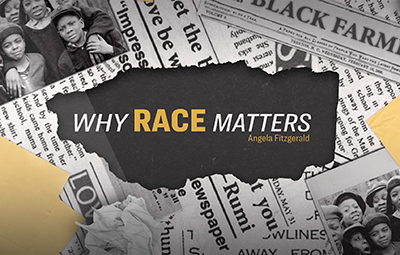
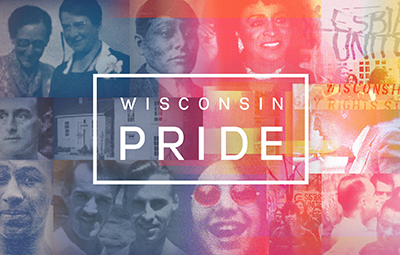


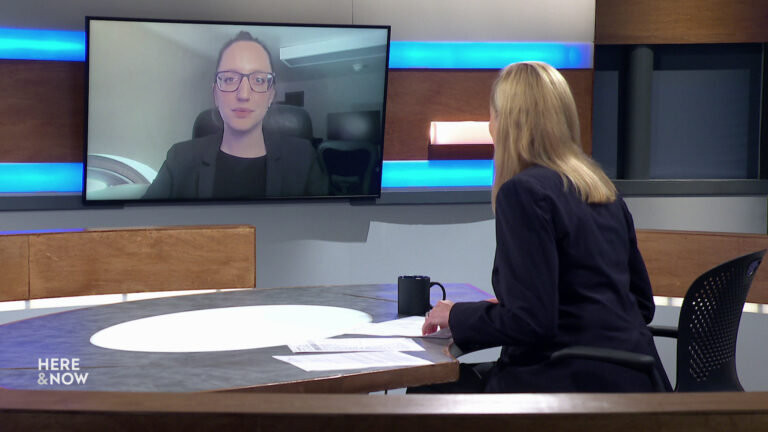
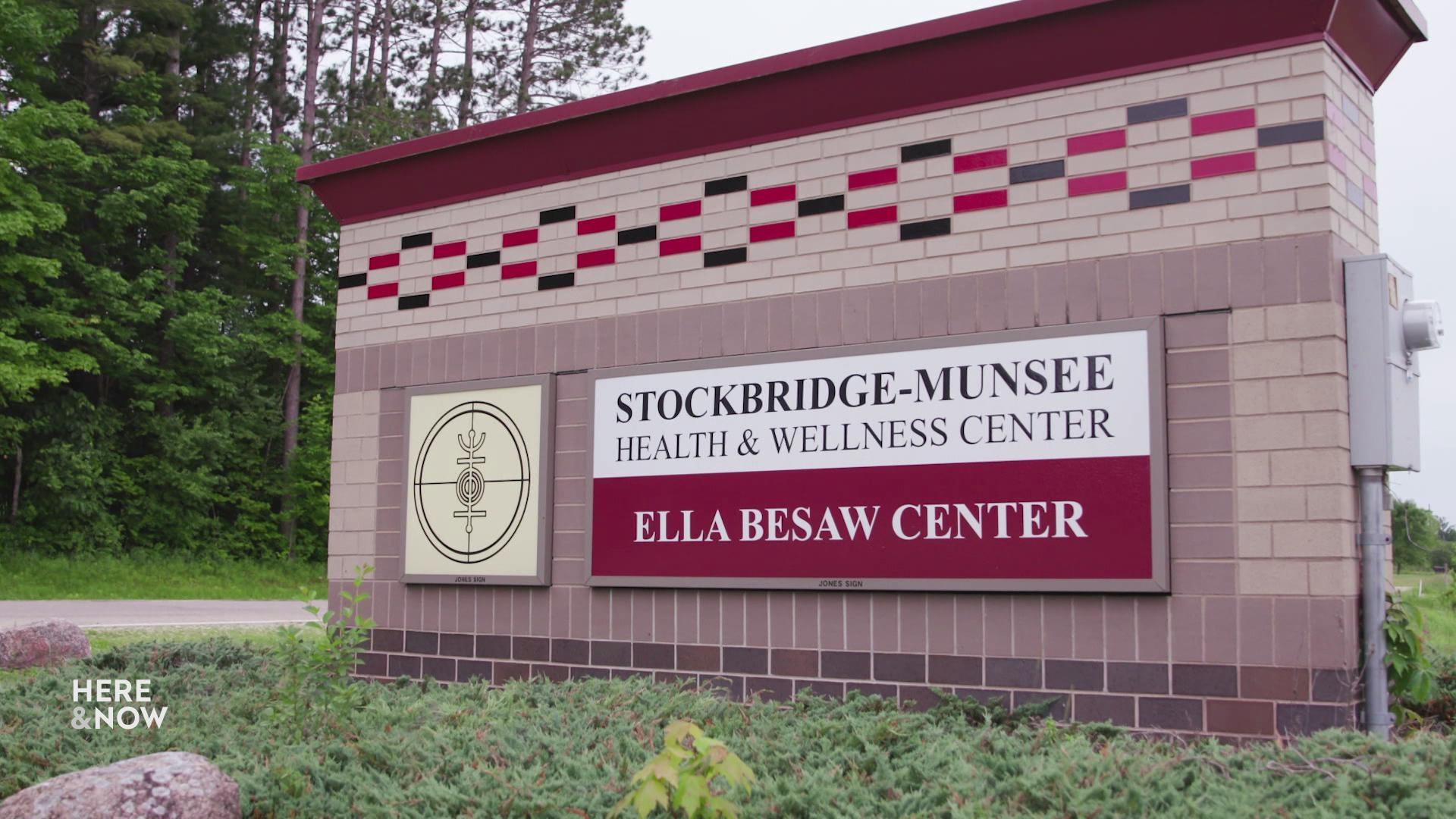
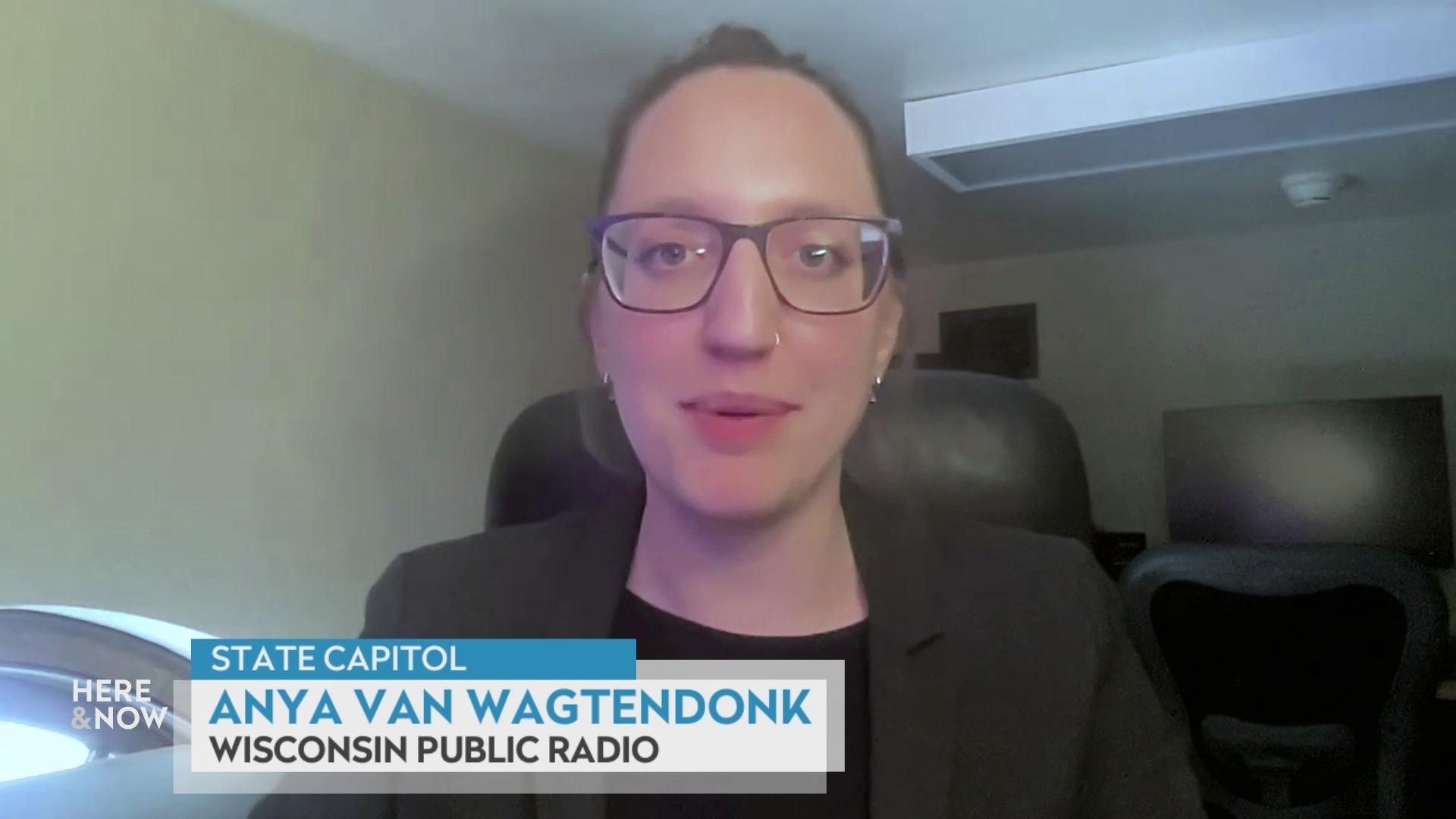
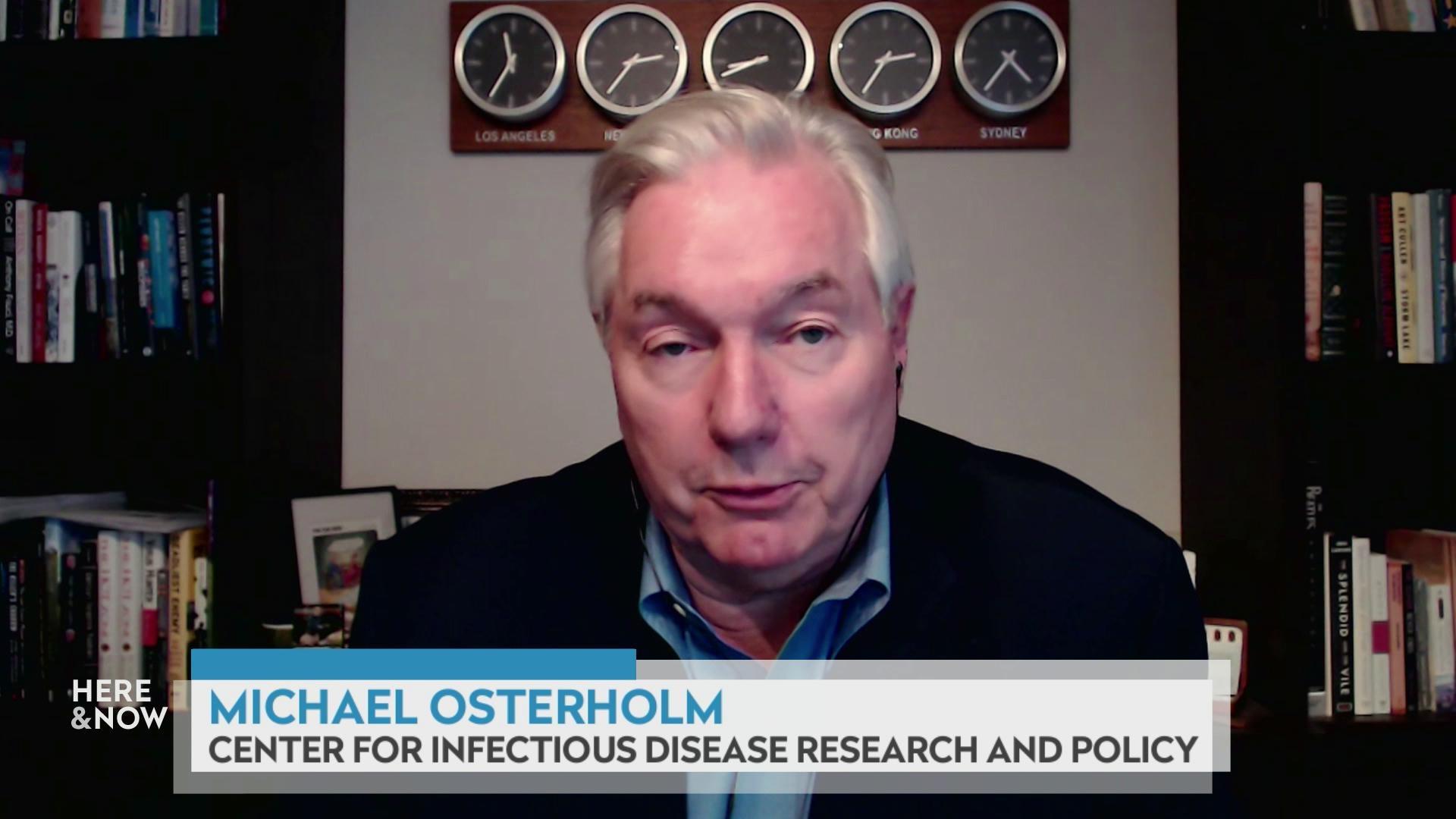
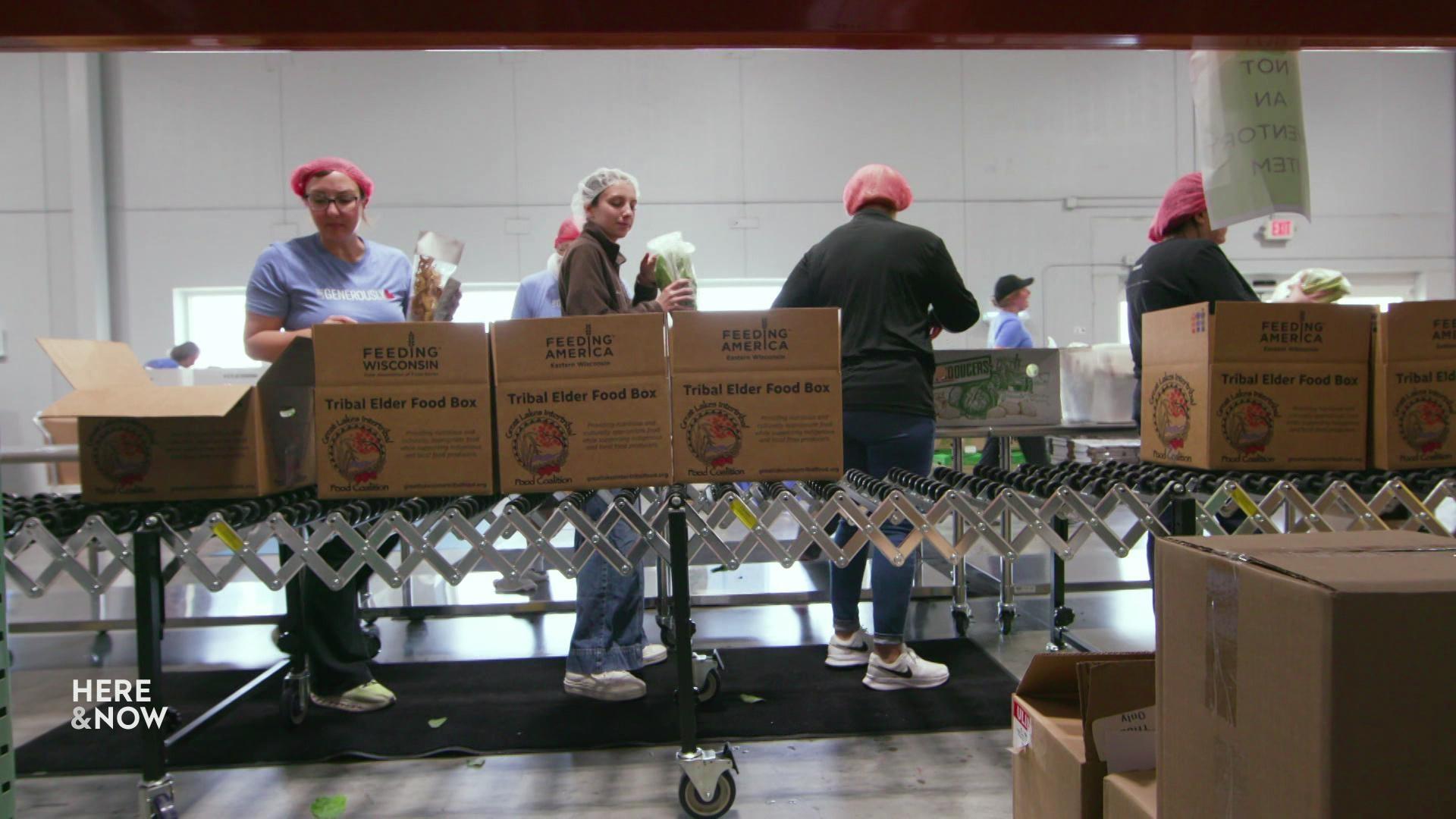
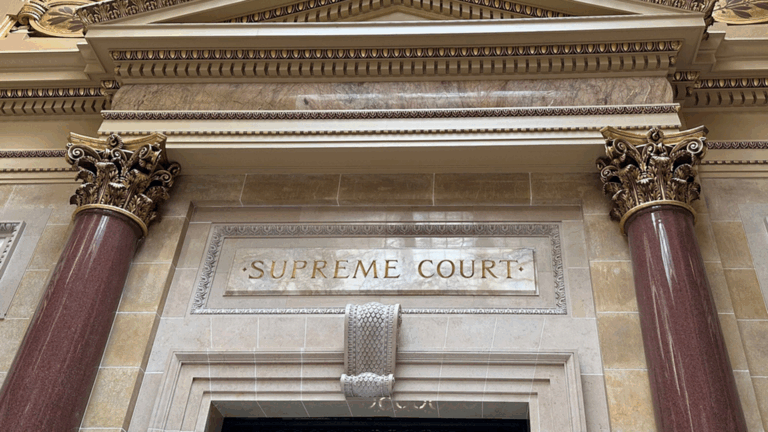
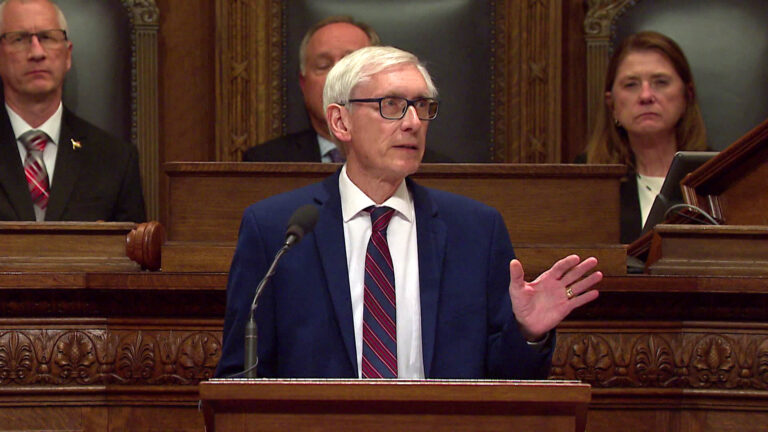
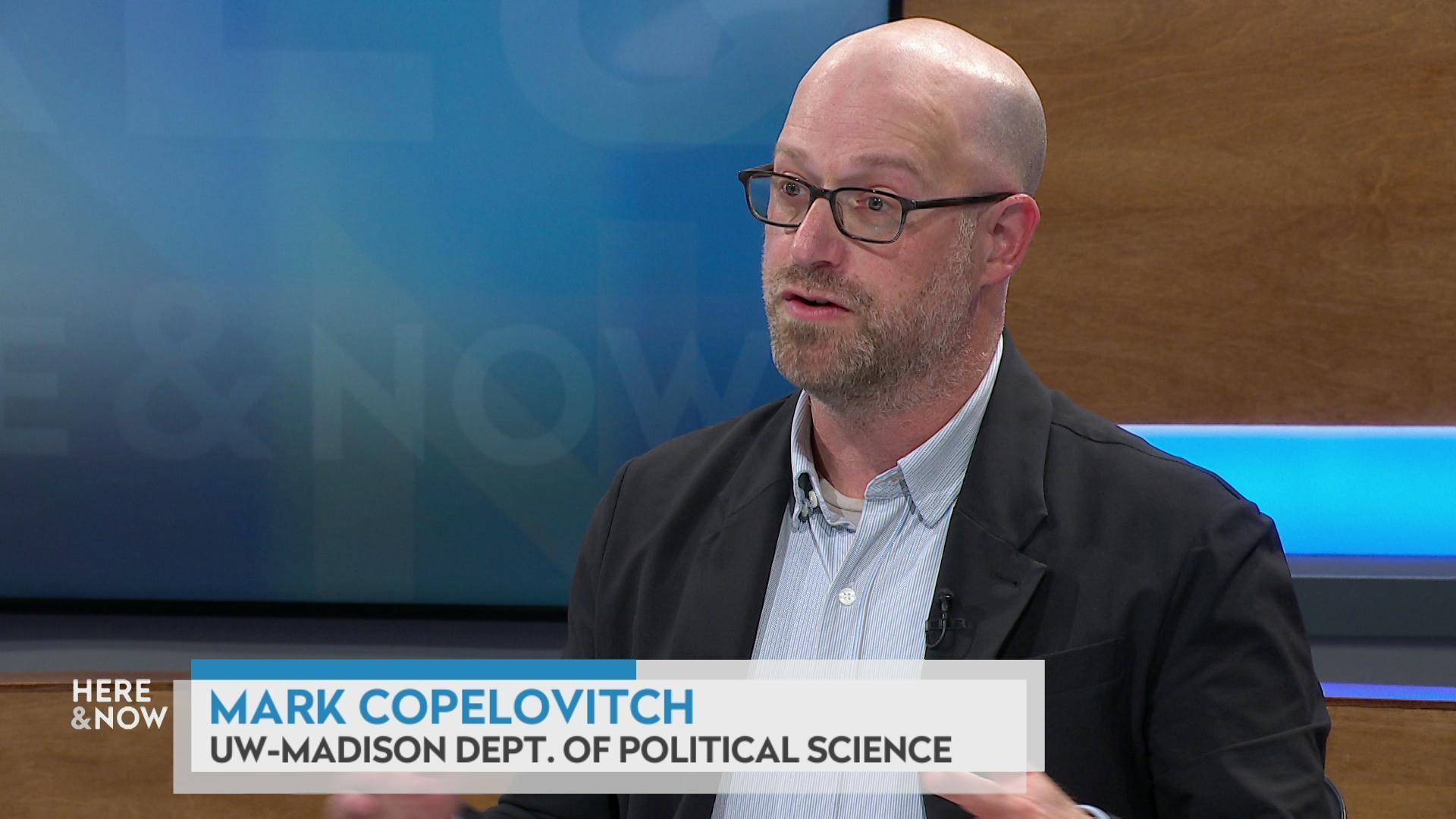
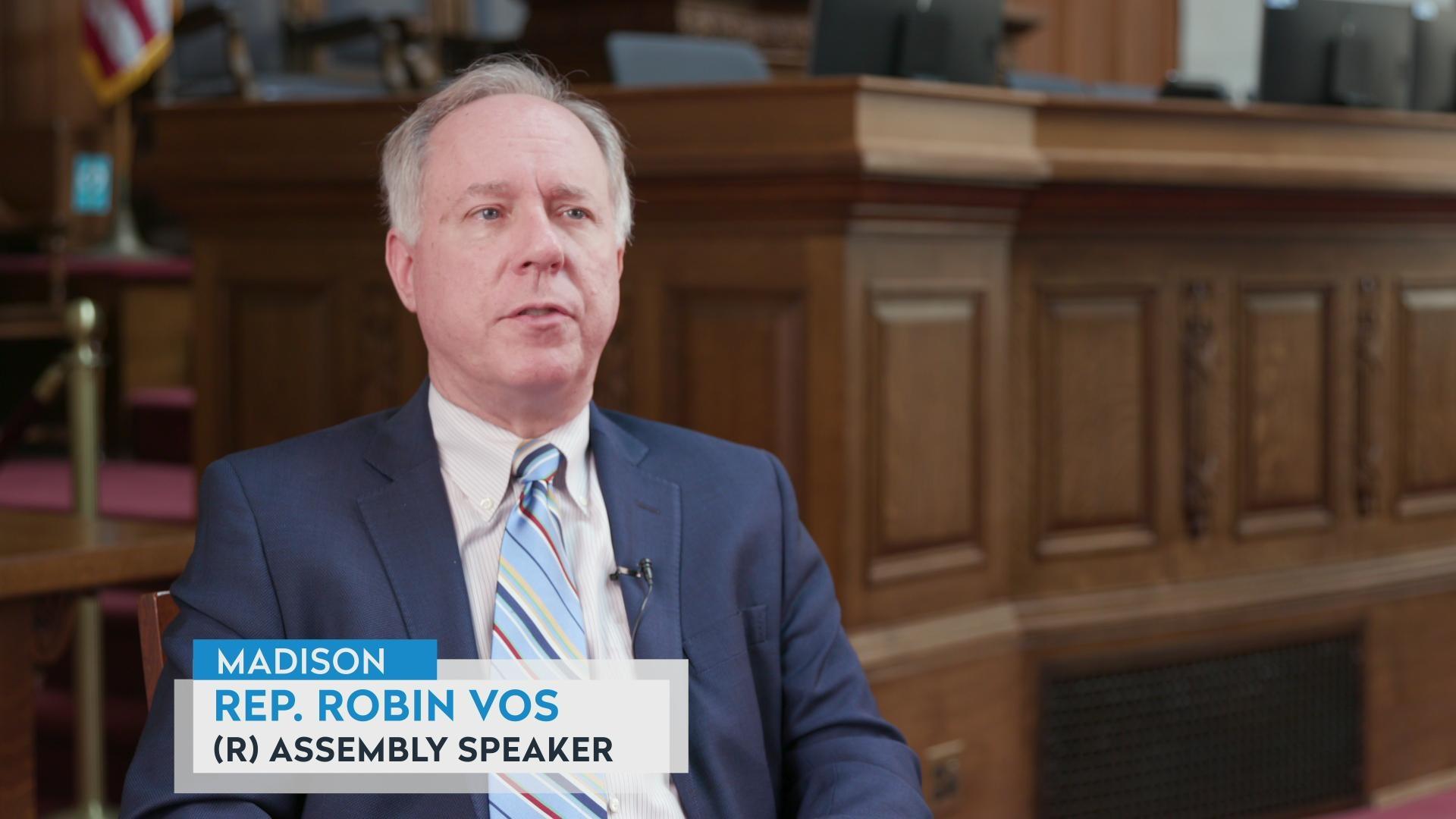
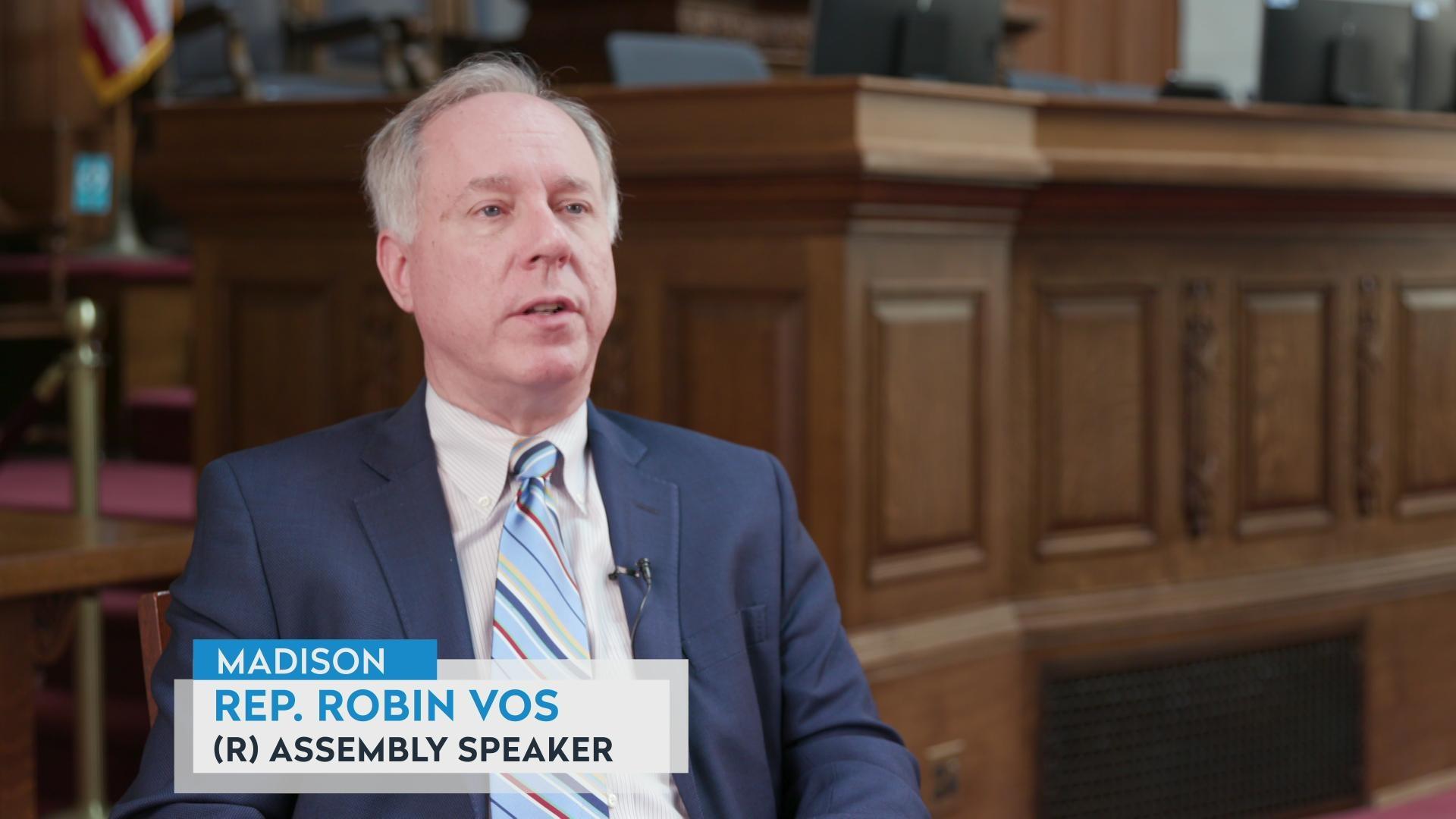
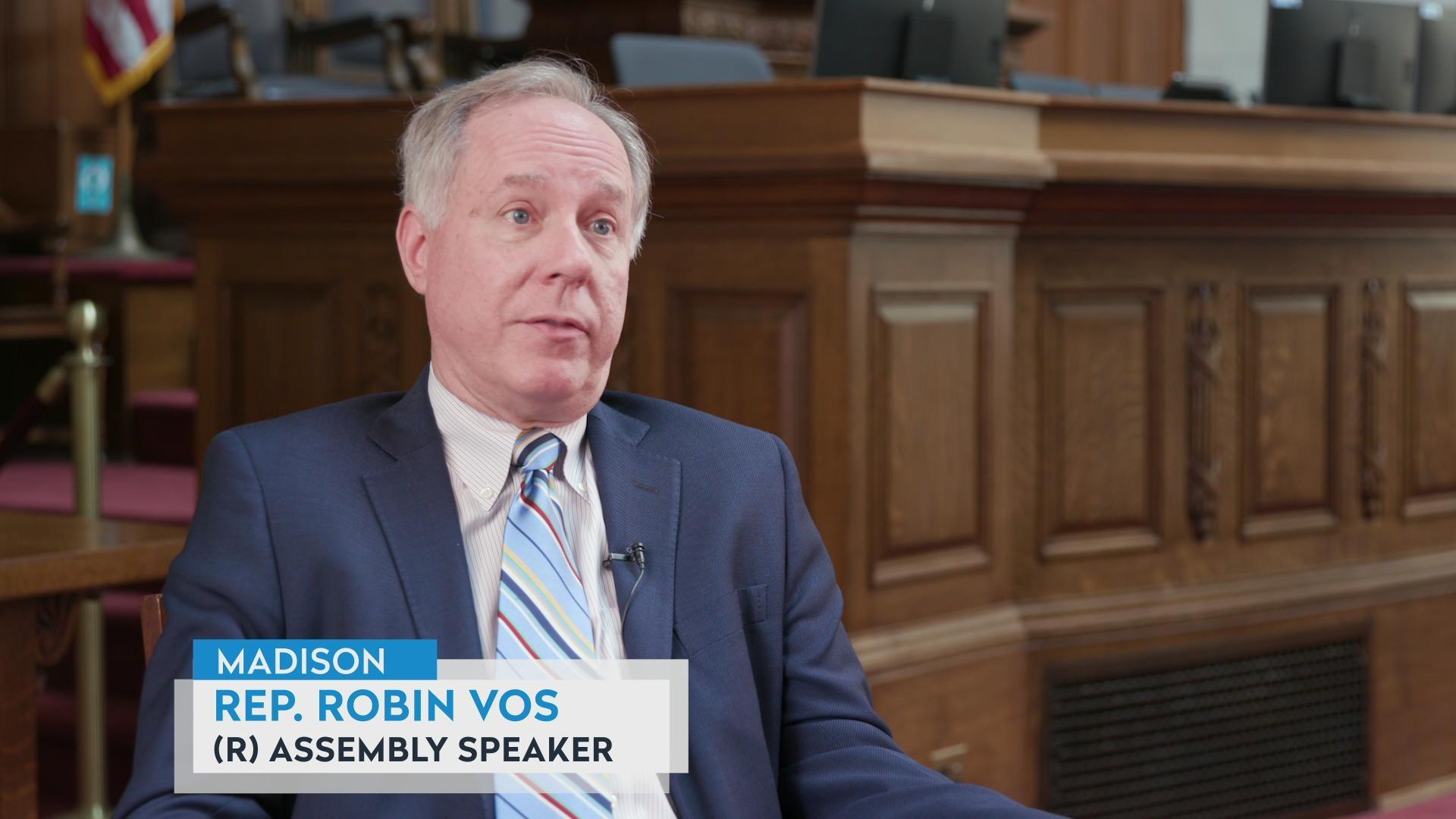


Follow Us